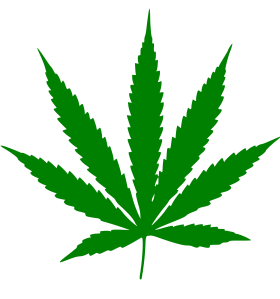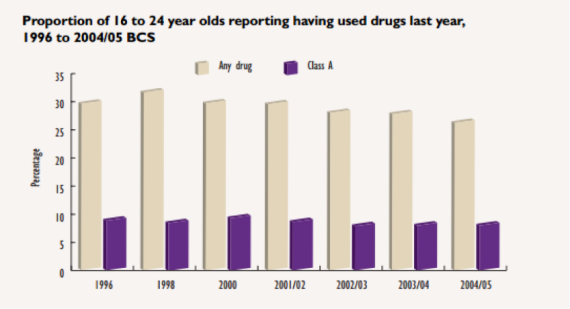The prohibition and the war on drugs
It has been suggested that the prohibitions of illegal drugs do not eliminate the market. However do increase the rate of violent crimes and self-harming such as overdose. Although no solid data has been collected in the UK, evidence from USA Statistics highlight that since the current war on drugs began in 1971 homicide death rates as well as law enforcement expenditure increased. According to Professor Angela Dills it is significant to recognise that during this period of prohibitions there is indication the elimination of use does not happen rather, prohibitions covert to black markets which are peaceful and legal in their own right (Miron, JA.1999).
In black markets the helping hand of law enforcements are not available. Thus when clashes arise regarding money, product quality or sales territory. Drug dealers are forced to resolve these problems on their own, resulting into violence to resolve disputes.
Health and moral problem for society
As we know policy makers and the government are upholding the battle to fight for the war on drugs. The prohibition of illegal drugs is based on the notion of the health and moral issue, therefore the eradication of drugs would be beneficial. This is articulated through public safety, health and economic costs.
If drugs become more easily accessible then it can lead to greater harm for children which can lead to children of any age being able to use drugs. Also can cause more addicts in society which can affect public safety immensely and then the social structure starts to breakdown. Thus affecting the sanctions of social control. For example if we legalized drugs it would mean more people would do it in the private sphere such as the home. If we take our public servants such as the police or surgeons legalising illicit drugs would have a higher risk impact on society. Being on an operating table with a surgeon who is under the influence can have a bigger danger
Anyone around us could be a danger- unknowingly if it is legalized- causing lack of stability
Youth and drugs
The government’s attempt to strategically tackle drugs began in 1998, The BCS is used to help understand and target the reduction of drug abuse among 16-24 year olds. The wide range of sample group in age is used to help understand trends (if there are any) and an estimate of which age group are most vulnerable.
(Source: The home office, The British crime survey, 1996 -2005)
The table produced by the BCS clearly highlights the success of monitoring drug use amongst young people. From 1996 to 2004/5 there has been a drop in drop us. Although the drop is not a major fall the 3% less use of drugs is better than having over 30% of young adults involved in drugs. As time progresses and technology improves and more money is invested into regulating how drugs get into the hands of young people statistics may drop.

